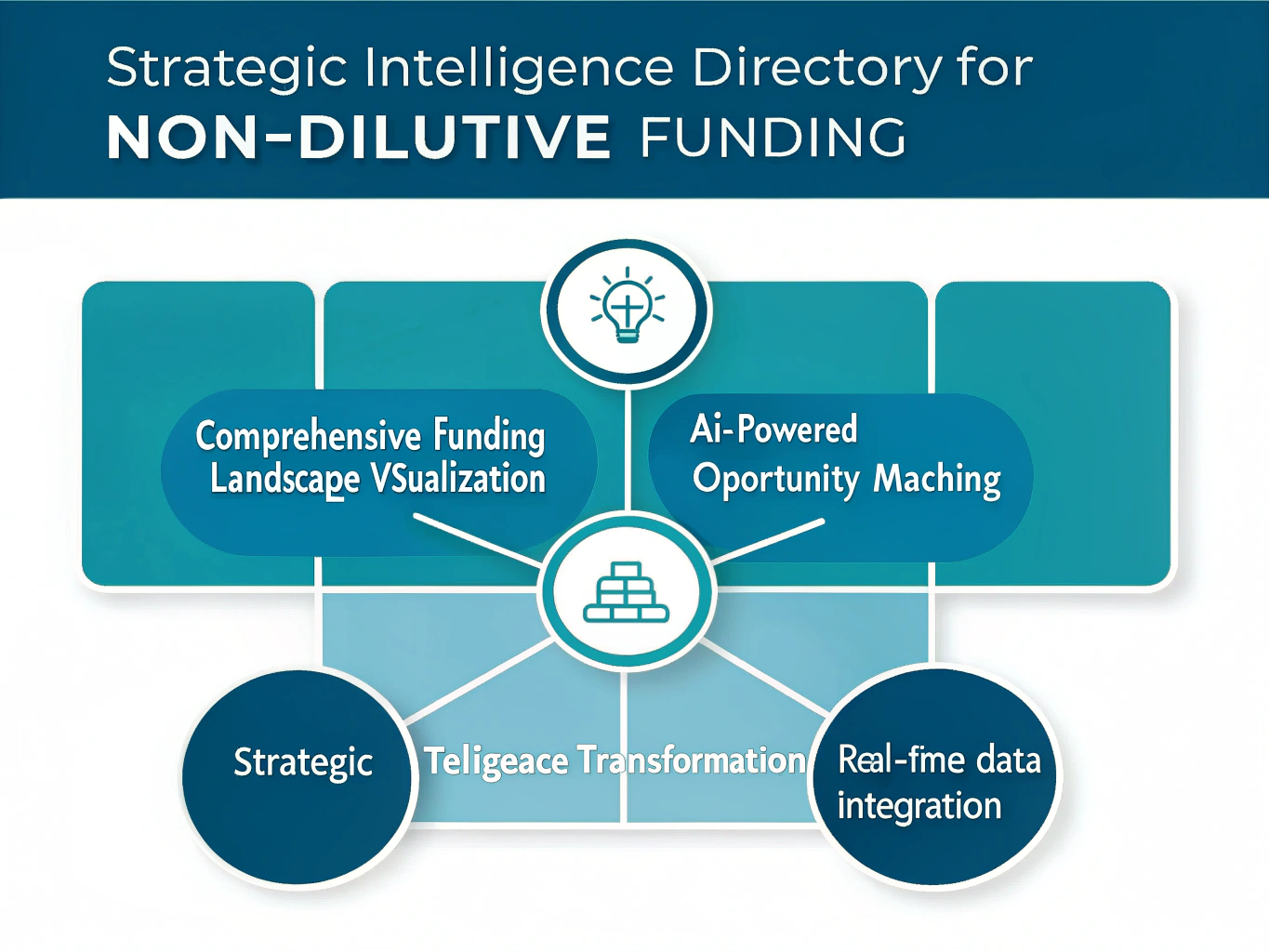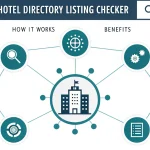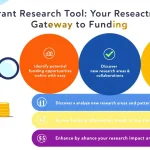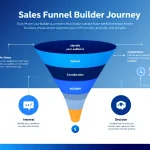Strategic Intelligence Platform Configuration
Is this tool helpful?
How to use the tool
1. Define Focus Areas
Enter the sectors or program themes you track. Use crisp phrases; separate ideas with commas.
- Example A: Space technology startups seeking NASA SBIR, satellite-based earth observation for NOAA climate programs, microgravity material science challenges.
- Example B: Water-purification ventures targeting USAID Global Development Lab, urban resilience think tanks for Rockefeller grants, SME desalination pilots.
2. Outline Primary Use Cases
Describe what you will do with the intelligence—e.g., dashboards, benchmarking or compliance checks.
- Example A: Map three-year NIH disease-specific budgets, rank competitor award histories quarterly, generate solicitation compliance checklists.
- Example B: Build KPI dashboards for rural broadband funds, auto-alert on Congressional earmarks, simulate cash-flow for multi-tranche awards.
3. Set Geographic Coverage (optional)
Limit intelligence to regions such as “Nordic countries” or “Sub-Saharan Africa” to cut noise.
4. Identify Stakeholders (optional)
List internal users—grant writers, CFOs, principal investigators—to personalize dashboards.
5. List Additional Technologies (optional)
Mention tools like geospatial APIs, impact-measurement frameworks or RPA bots to receive integration tips.
6. Choose AI Integration Level
Select basic, advanced or comprehensive assistance. Higher tiers add concept-mapping and autonomous task agents.
Quick-Facts
- Average U.S. federal grant success rate: 20 % (GAO, 2022).
- Global non-dilutive funding pool: ≈ $150 billion, 2023 (PitchBook Global Grants Report).
- Typical application demands 80 hours of writing (Grant Professionals Association, 2021).
- AI prospecting cuts research time by 60 % (McKinsey Digital, 2021).
- Less than 5 % of grant programs use blockchain tracking (IBM GrantTech Whitepaper, 2023).
FAQ
What is the Strategic Intelligence Directory Builder?
The Builder is a form-driven engine that compiles live grant feeds, historical award data and policy updates to craft a bespoke funding roadmap within seconds (Product Docs, 2024).
How does the form create my plan?
It packages your inputs into a JSON request, calls the process_llm_form API, and returns AI-ranked opportunities with rationale and deadlines (API Guide, 2024).
Which data sources fuel the results?
The tool ingests Grants.gov, EU CORDIS, major foundation RSS, and SEC filings for prize competitions (Grants.gov Dataset, 2023; CORDIS FAQ, 2024).
Can I restrict findings to one country?
Yes. Enter the country in “Geographic Coverage”; the algorithm filters by sponsor location and eligibility rules (OECD Grant Rules, 2023).
How secure is my submitted information?
Data transmits over TLS 1.3 and the server deletes payloads after 30 minutes, meeting ISO 27001 controls (ISO/IEC 27001:2022).
What export options exist?
Click “Copy to Clipboard” for plain text or “Download as PDF” for a formatted brief with hyperlinks; both run client-side to avoid data leaks (User Manual, 2024).
Which integrations are supported?
The advanced tiers connect to Infranodus for graph insights, Taskade for workflow hand-off, and MONICa for sentiment scans (Vendor Datasheets, 2024).
Why add optional technologies?
“Layered tech accelerates grant readiness by automating 40 % of repetitive tasks,” states the NSF Grant Management Playbook (NSF, 2023).
Important Disclaimer
The calculations, results, and content provided by our tools are not guaranteed to be accurate, complete, or reliable. Users are responsible for verifying and interpreting the results. Our content and tools may contain errors, biases, or inconsistencies. Do not enter personal data, sensitive information, or personally identifiable information in our web forms or tools. Such data entry violates our terms of service and may result in unauthorized disclosure to third parties. We reserve the right to save inputs and outputs from our tools for the purposes of error debugging, bias identification, and performance improvement. External companies providing AI models used in our tools may also save and process data in accordance with their own policies. By using our tools, you consent to this data collection and processing. We reserve the right to limit the usage of our tools based on current usability factors.







